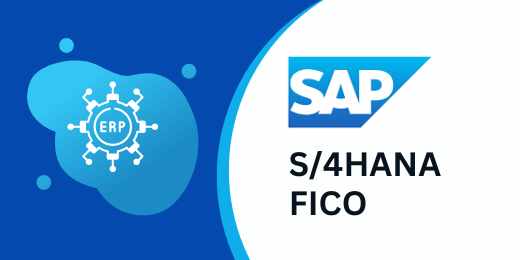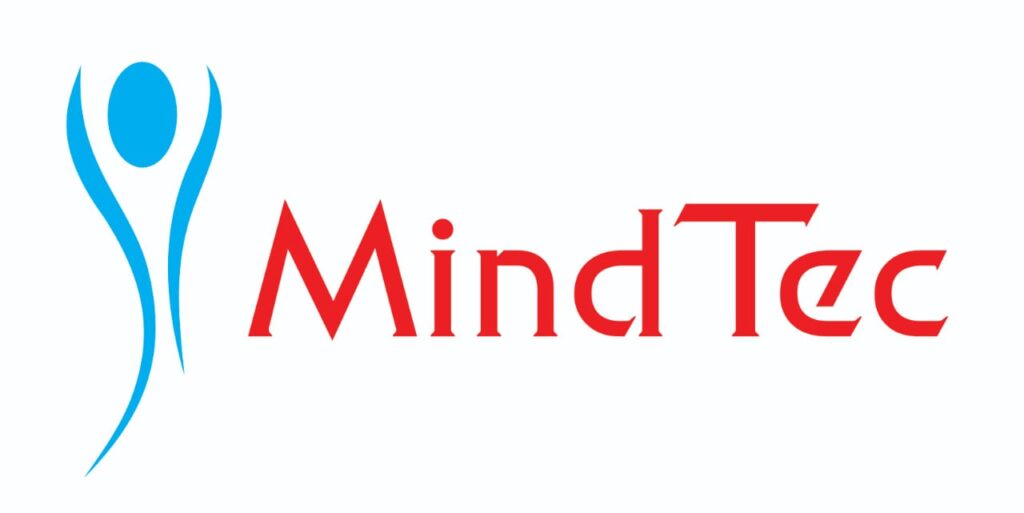
Understanding the Core: What is SAP FICO?
SAP FICO is a crucial functional module in the SAP ERP system, serving as the central hub for an organization’s financial operations. It is comprised of two core components:
FI (Financial Accounting):
Focuses on external reporting.
Manages general ledger, accounts payable, accounts receivable, asset accounting, and bank accounting.
Ensures compliance with statutory regulations (e.g., GAAP, IFRS) and provides accurate financial statements (Balance Sheet, Profit & Loss).
CO (Controlling):
Focuses on internal reporting and decision-making.
Manages cost elements, cost centers, internal orders, product costing, profitability analysis (CO-PA), and profit center accounting.
Helps monitor and optimize costs, analyze profitability, and support strategic planning.
For years, SAP FICO, primarily running on the traditional SAP ECC (ERP Central Component) system, has been the standard for financial management, providing a comprehensive, integrated solution for global enterprises.
The Game Changer: What is SAP S/4HANA Finance?
SAP S/4HANA Finance is the financial management component within the broader SAP S/4HANA ERP suite. It is specifically designed to leverage the power of the SAP HANA in-memory database, which processes vast amounts of data at unprecedented speeds.
This technological shift allows S/4HANA Finance to deliver:
Real-time Analytics & Reporting: Instant access to up-to-the-minute financial data for faster decision-making.
Simplified Data Model: Elimination of redundant tables and aggregation tables, leading to a “single source of truth” (the Universal Journal).
Enhanced User Experience (SAP Fiori): A modern, intuitive, and role-based user interface accessible across devices.
Predictive Capabilities: Integration of AI and machine learning for predictive accounting, cash management, and intelligent automation.
Streamlined Processes: Simplified financial closing, improved cash flow management, and optimized treasury operations.
Key Differences: SAP FICO (ECC) vs. SAP S/4HANA Finance (The Evolution)
While SAP S/4HANA Finance builds upon the foundational principles of SAP FICO, it introduces fundamental architectural and functional changes. Here’s a comparative overview:
Feature/Aspect | SAP FICO (ECC) | SAP S/4HANA Finance |
Database | Traditional (Oracle, IBM DB2, MS SQL Server, etc.) | SAP HANA In-Memory Database (mandatory) |
Data Model | Multiple separate tables for FI, CO, AA, ML, etc. | Universal Journal (ACDOCA): A single, simplified table combining FI, CO, AA, ML, and CO-PA data. |
FI-CO Integration | Separate FI and CO tables, often requiring reconciliation. | Real-time integration: FI and CO data in the Universal Journal eliminates reconciliation needs. |
User Interface | SAP GUI (Graphical User Interface) – traditional, desktop-based. | SAP Fiori: Modern, intuitive, role-based, web-based UI accessible on various devices. |
Real-time Reporting | Batch-oriented, often requiring separate data warehouses for analytics. | Embedded Analytics: Real-time operational reporting and analytics directly on transactional data. |
Period-End Close | Often time-consuming due to data reconciliation. | Accelerated closing processes with real-time data and simplified structure. |
Asset Accounting | Separate tables and processes. | Integrated into Universal Journal, streamlined processes. |
CO-PA (Profitability Analysis) | Costing-based CO-PA often default. | Account-based CO-PA is the default (integrated into Universal Journal), with simplified costing-based options. |
Credit Management | FI-AR-CR module. | Part of SAP FSCM (Financial Supply Chain Management), with automated workflows. |
Innovation | Limited future innovation roadmap. | Foundation for AI, Machine Learning, Predictive Analytics, and IoT integration. |
Customer/Vendor Mgmt. | Separate Customer and Vendor master data. | Business Partner concept (mandatory): Single entity for both customer and vendor roles. |
Material Ledger | Optional. | Mandatory for actual costing and comprehensive inventory valuation. |
Deployment Options | Primarily on-premise. | On-premise, public cloud, private cloud, and hybrid options (e.g., RISE with SAP). |
The Synergistic Benefits: Why the Combination is Powerful for Businesses in 2025
The combination of SAP FICO’s deep financial functionality with S/4HANA’s technological advancements delivers a host of strategic advantages:
Accelerated Financial Closing: Dramatically reduce the time and effort for month-end and year-end closes with real-time data and simplified reconciliation.
Instant Insights & Better Decision-Making: CFOs and finance teams gain immediate access to granular financial data, enabling proactive analysis, forecasting, and agile responses to market changes.
Enhanced Cash Flow Management: Real-time visibility into liquidity, automated cash management processes, and predictive analytics for optimized working capital.
Streamlined Operations: Automation of routine tasks (e.g., journal entries, reconciliations) frees up finance professionals to focus on strategic analysis.
Improved Compliance & Auditability: A single source of truth (Universal Journal) and enhanced data transparency simplifies audits and ensures regulatory compliance.
Predictive Accounting & Forecasting: Leverage embedded AI/ML capabilities for more accurate predictions of financial outcomes, revenue, and expenses.
Simplified IT Landscape: Reduce data redundancy and the need for separate data warehouses, lowering TCO (Total Cost of Ownership) and simplifying system maintenance.
Better User Experience: SAP Fiori’s intuitive interface increases user adoption and productivity, reducing training time.
Foundation for Digital Transformation: S/4HANA Finance serves as the digital core, enabling integration with other advanced technologies like IoT, blockchain, and robotic process automation (RPA) for end-to-end process automation.
